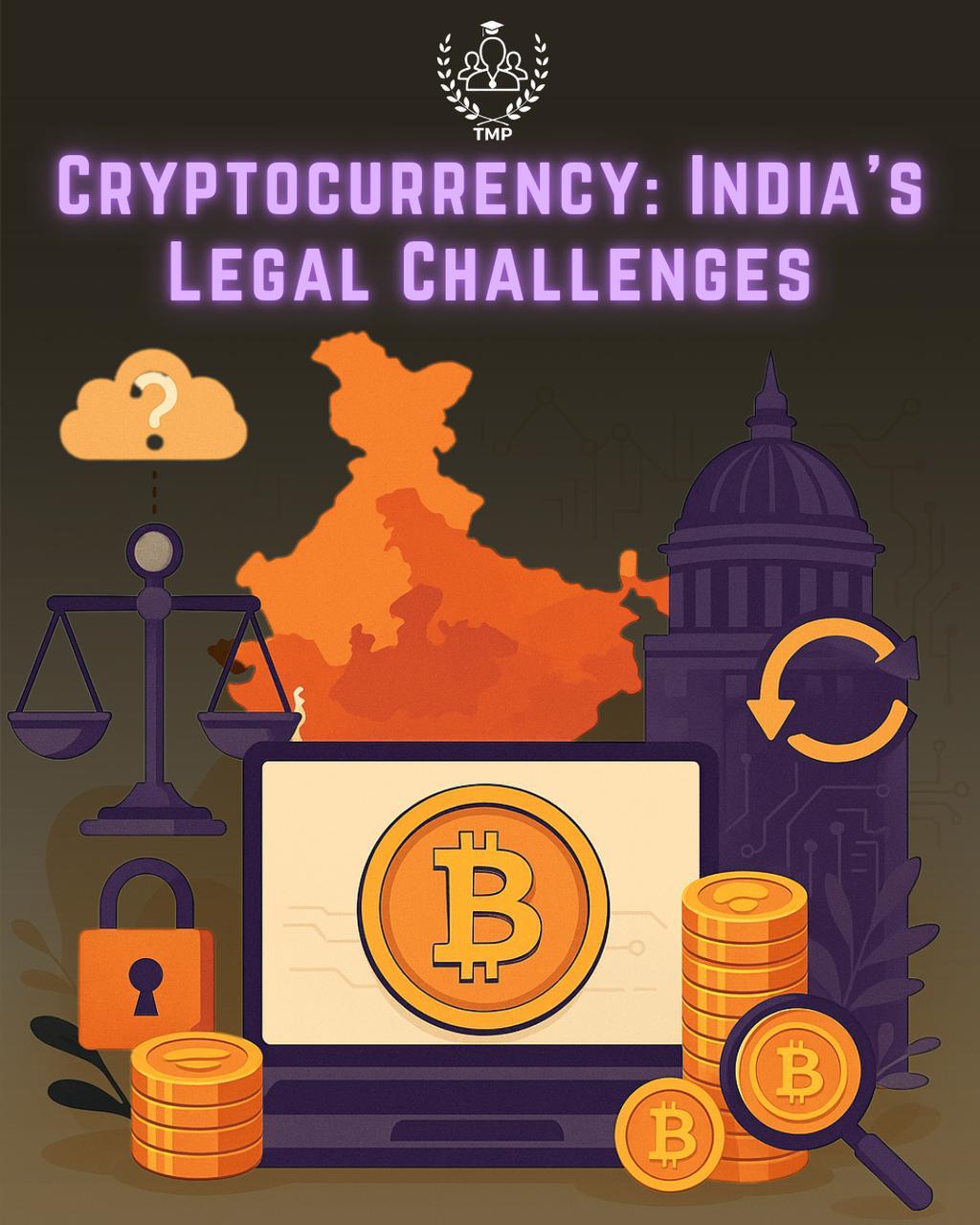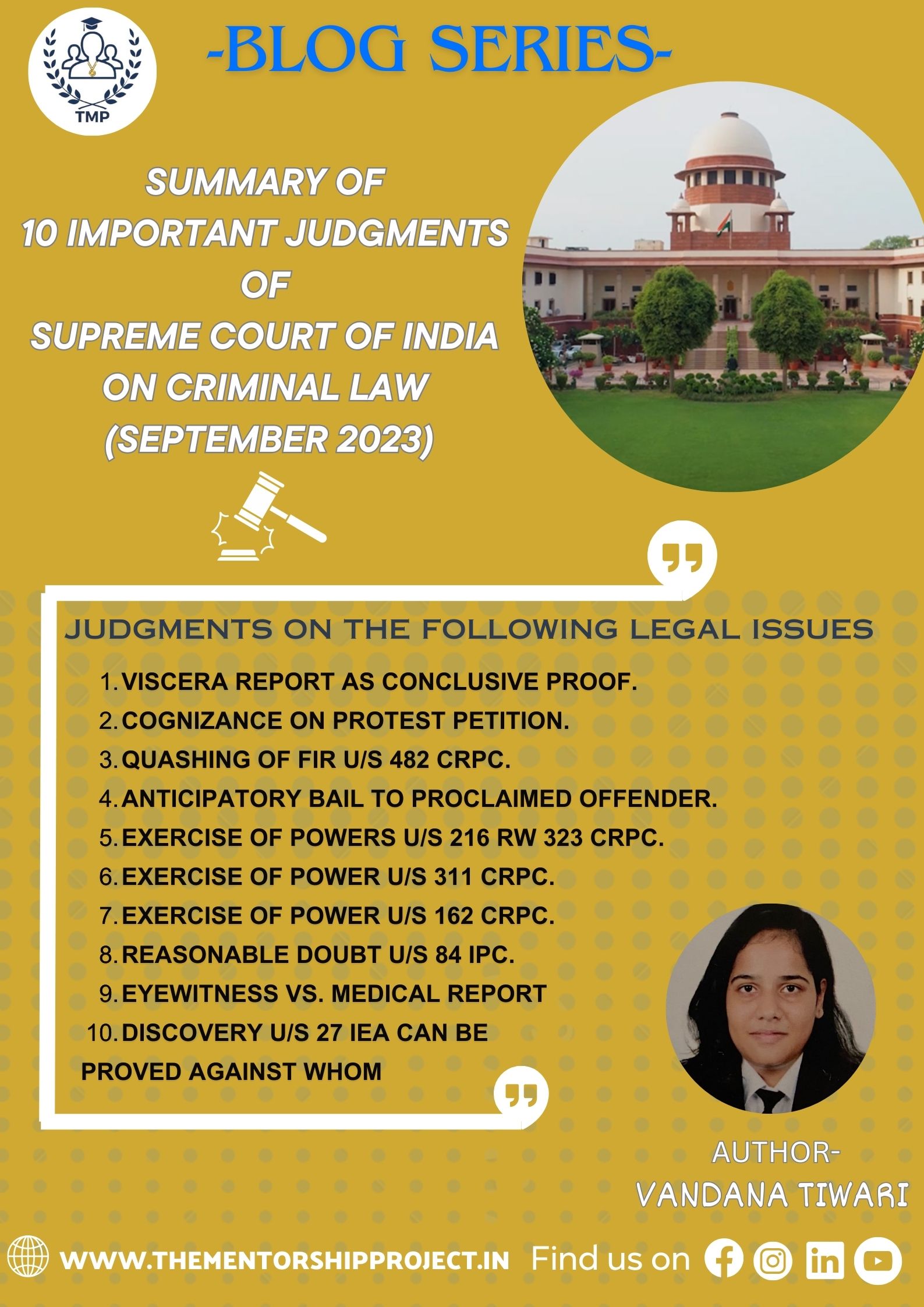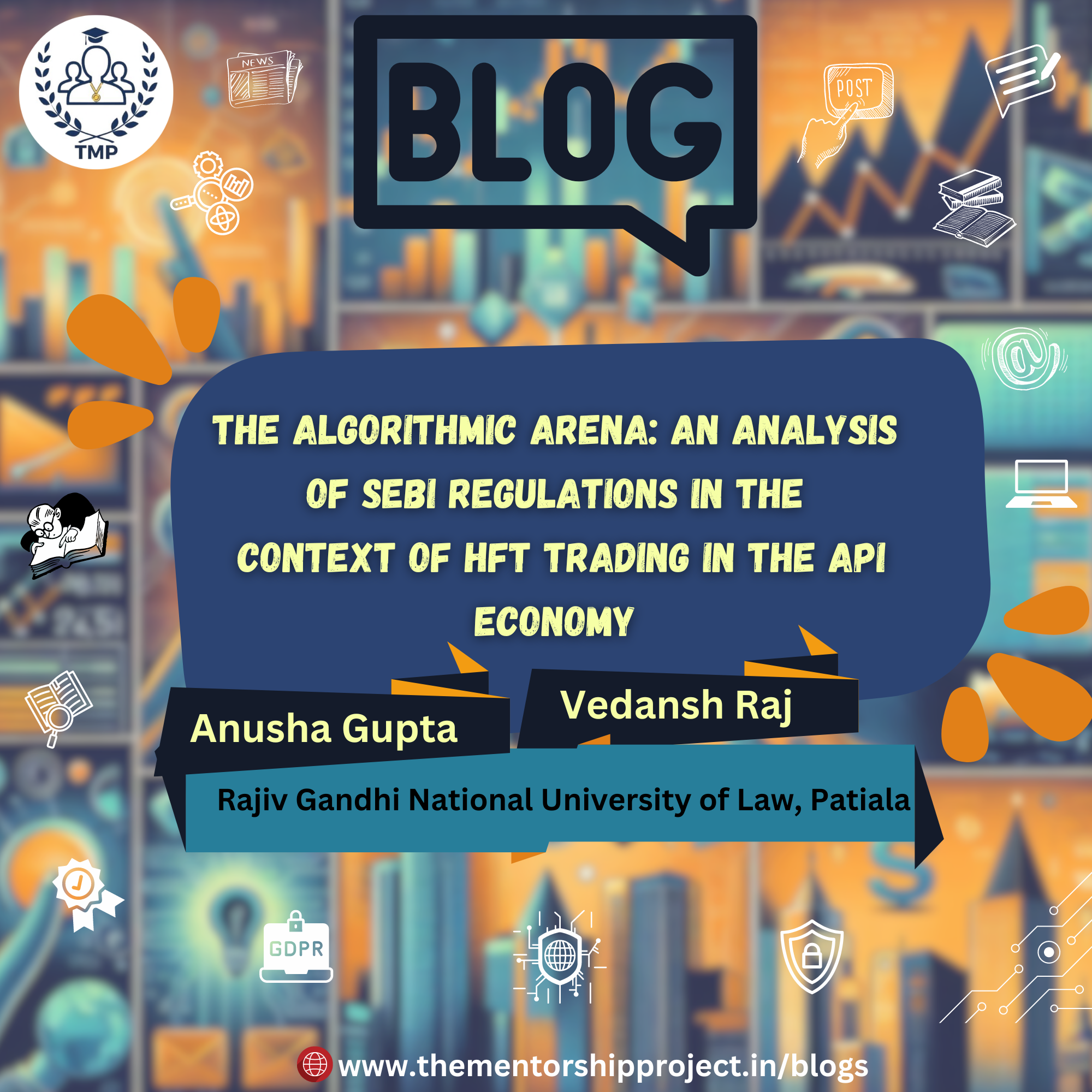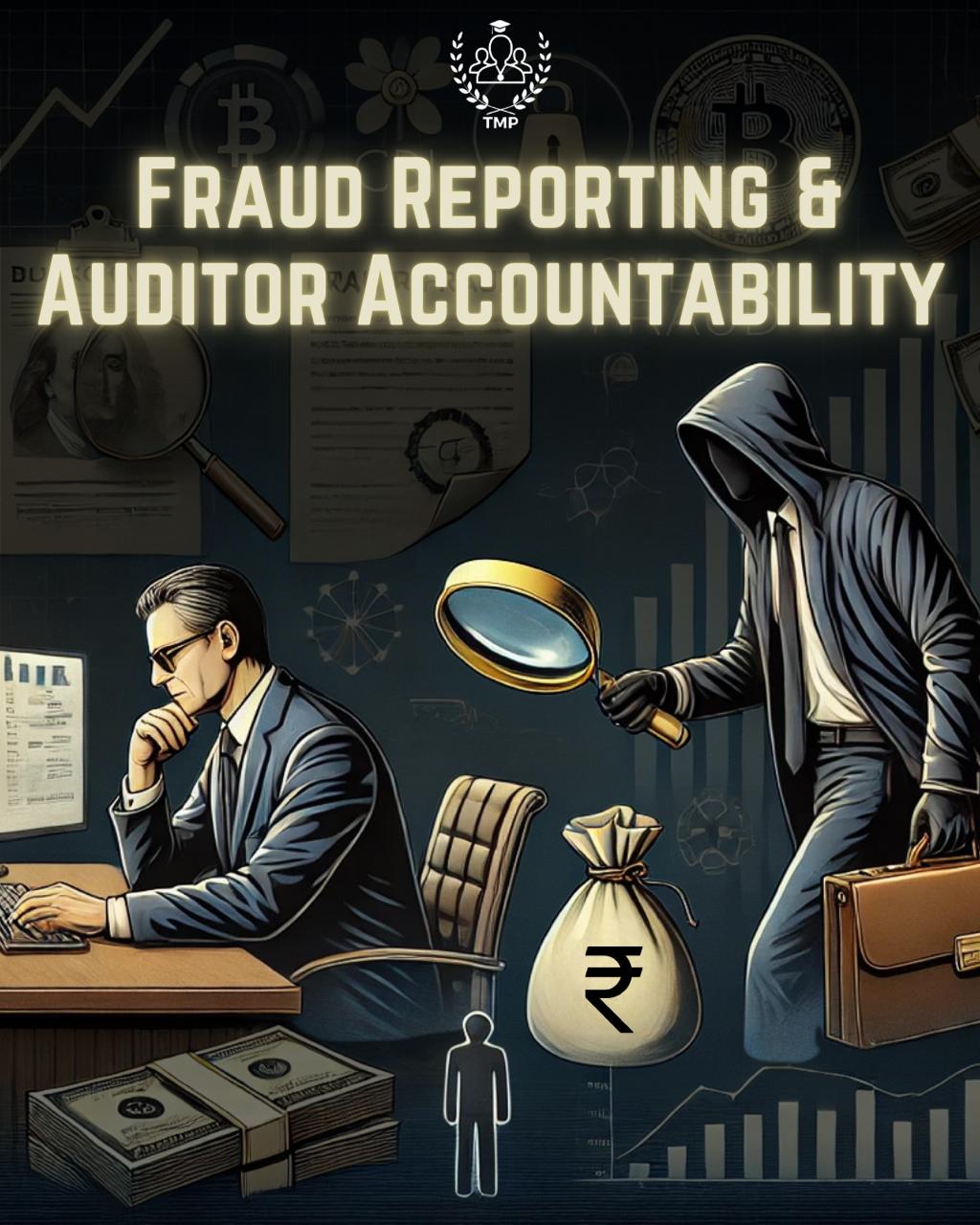June 16 , 2025
CRYPTOCURRENCY IN INDIA: NAVIGATING LEGAL AMBIGUITY AND EMERGING REGULATORY FRAMEWORKS
ABSTRACT:
Cryptocurrency is gradually becoming a part of the financial infrastructure of India amidst high taxation and ambiguous regulations. Despite the country imposing a 30% tax on crypto gains and a 1% TDS on transactions, people are still attracted to the market. The intention, from 2023, is that cryptocurrency would be brought into the purview of the Prevention of Money Laundering Act, following an observation by SEBI-led Financial Action Task Force (FATF). Consequently, it’s necessary for India to have a clearly defined regulatory framework. After months of uncertainty, the new SEBI multi-regulator model combined with the contemporary update of the old rules regarding the cryptocurrency indicates a move towards some sort of clarity. Moving forward into better regulation of the digital era’s breaking innovation while escalating uncertainties on the contrary of the existing scenario will be crucial for India.
INTRODUCTION
India has become one of the largest markets for cryptocurrency, with over 115 million users expected to rise as of 2025 from 20231 . Despite this, Indian law still does not offer a clear regulatory framework for cryptocurrencies. They are not recognised as legal tender, nor are they formally classified as assets, securities, or commodities. This gap has left both investors and regulators in a state of legal confusion. In 2018, the Reserve Bank of India (RBI) issued a circular2 effectively banning banks from dealing with entities trading in cryptocurrency. This action was overturned in 2020 by the Supreme Court in Internet and Mobile Association of India3 judgement which held that the ban violated the right to carry on trade under Art. 19(1)(g)4 . However, this judgment did not settle the issue of how cryptocurrencies should be regulated. In 2022, the Indian government imposed a 30% tax on income from “Virtual Digital Assets” and a 1% tax deducted at source (TDS) on crypto transfers5 .
This move gave cryptocurrencies a quasi-legal status, where they are taxable but still not formally recognised under any specific law. The Finance Act, 20226 introduced7 Sec. 2(47A)8 to define VDAs, but stopped short of regulating their use or trade. Meanwhile, the long-awaited Cryptocurrency and Regulation of Official Digital Currency Bill, 2021 remains pending. This contradiction, where the state imposes taxes on something it neither licenses nor clearly defines, creates legal and economic uncertainty. Financial regulators such as Securities and Exchange Board of India (SEBI) and FIU-IND9 have offered limited guidance. RBI has continued to raise concerns about the potential threat to monetary policy and financial stability. 10 This article examines India’s existing crypto regulations, key legal developments, taxation structure, judicial interpretations, and the regulatory vacuum that persists. It also offers insights from global practices and suggests policy recommendations for a stable, forward-looking legal framework.
UNDERSTANDING CRYPTOCURRENCY AND ITS LEGAL JOURNEY IN INDIA
Cryptocurrency is a form of digital asset that is secured by cryptography. Unlike traditional currencies, these currencies operate on a decentralized distributed system called blockchain.11 Blockchain is a public ledger that records all transactions across multiple computers in an immutable format thus ensuring transparency and security. The RBI has expressed concern over cryptocurrencies, pointing toward the risks they may pose to financial stability. 12 In April 2018, the RBI issued a circular13 prohibiting banks from dealing with or providing services to any individual or business entities dealing with virtual currencies. This circular was contested in the Supreme Court by the Internet and Mobile Association of India and in its judgment14 passed in March 2020 the Court struck down the Circular as a result of it being disproportionate and in violation of Art. 19(1)(g)15 of the constitution right to trade. Although the Supreme Court decision resulted in the circular being struck down, the RBI stated that it would maintain its concerns. In May 2021, the RBI stated that its April 2018 circular16 couldn’t be used by banks as a defense to ban cryptocurrency transactions.17 The government of India has taken steps toward regulating cryptocurrencies. The Finance Act18 , 2022 levied a 30% tax on income from the transfer of VDAs and a 1% TDS on such transactions. But the legal status of cryptocurrencies remains unclear. They are not considered legal tender and there is no comprehensive legal framework for using them. The government also introduced a Cryptocurrency and Regulation of Official Digital Currency Bill in 202119 , to provide clarification over the usage of cryptocurrency, which is yet to be taken up by the Parliament.
Cryptocurrencies are not illegal in India but rather operate in a legal gray area. While the Supreme Court ruling provided some relief to the crypto industry, the lack of a clearly defined regulatory framework still poses challenges for potential investors and businesses.
TAXATION OF CRYPTOCURRENCY: THE CURIOUS CASE OF RECOGNISING WHAT’S NOT LEGAL
Cryptocurrency is a kind of money you can't touch. It is safe because it uses secret codes. It works on a chain of blocks. This is a record book no one owns. It is open, so all can see every move. In India, cryptocurrency is not money you can use to buy things by law. No law gives it that place. Instead, the state made a new name for it: “Virtual Digital Asset” or VDA. In 2022, this was put in the tax law under Sec. 2(47A)20 in the Income Tax Act.
The RBI does not trust cryptocurrency, in 2018, RBI told banks not to work with people or firms using it, they were worried about the money system’s safety. 21 This made many people who use crypto very upset. Soon, the rule was brought before the court. In March 2020, the Supreme Court said, in the Internet and Mobile Association of India case that RBI had gone too far, the court said RBI’s move broke the right to trade, which is in the law under art. 19(1)(g). This decision gave hope to many people trading in such money but things are still not clear by law. Soon, the state made new rules to tax this market. Section 115BBH22 of the tax law now takes a flat 30% from the money you make when you sell VDA. You cannot get any cut except what you paid to buy. On top of that, Section 194S23 brings in 1% tax cut from each crypto deal, if deals total more than a set amount in one year.
These rules make crypto more closely watched24 , though it is not true money by law in India. Many who study these things say that the state sees crypto as a risk ut also wants the money from it. An SSRN paper, “Opportunities and Challenges of Cryptocurrencies in India - A Study” 25 says India’s tax rules try to stop dirty money and get tax income, but rules are not all clear. Another study26 on ResearchGate says that high tax and not being able to take off losses makes crypto arts slow down. Since there are no full rules, growth is held back. Reports in Economic Times27 say that these rules may make some people start to use markets that are not safe or watched. A review28 in the Journal of Tax Administration says it is best to bring in clear laws, bit by bit, to protect buyers. Such steps would help India’s way with crypto move out of this gray area it is stuck in now
INDIA’S EVOLVING CRYPTOCURRENCY REGULATION: DOMESTIC DEVELOPMENTS AND GLOBAL COMPARISONS
India's foremost inclination towards setting the regulation of cryptocurrency has been thoughtful progression. While it doesn't strictly exclude cryptocurrency the government is scrutinizing the collection of strict tax rules and Anti-Money Laundering (AML) laws29 . This approach helps in bringing a balance between promoting innovation and ensuring financial stability. RBI has had apprehensions about crypto- assets with the apprehensions associated about the potential risk to financial stability. The measures work to keep a check on the crypto activities, but without conferring legal tender status on them. The FIU-IND has directed to make the KYC rule30 of AML applicability under PMLA31 . The FIU-IND has ordered all cryptocurrency exchanges to register as reporting entities under the PMLA32 to enhance governance and enforce AML criteria. SEBI has recommended the requirement of cross-regulation, suggesting different regulators oversighting different aspects of the ecosystem.33 Internationally, regulatory reactions to cryptocurrency remain mixed. For instance, the European Union's Markets in Crypto-Assets (MiCA)34 Regulation offers a sophisticated regulatory architecture that controls crypto-assets in the EU and resolves customer protection and market integrity risks. Likewise, the Securities and Exchange Commission (SEC) in the United States has taken enforcement action against crypto entities. For instance, the SEC filed a case35 against Ripple Labs36 in 2020 for allegedly offering unlicensed securities. Ripple has now agreed to pay a fine37 of $50 million in 2025 to rectify the problem without accepting an accusation. Singapore is advocating a constructive standpoint from fund management jurisdictions leading policies such as regulatory sandbox technique. The Monetary Authority of Singapore (MAS)38 has launched Project Ubin39 and Project Dunbar40 , the purpose of these projects is to explore how the technology of Blockchain and Distributed Ledger Technology (DLT) can be used in the clearing and settlement of payments and securities, as well as the use of Central Bank Digital Currency (CBDC) by financial institutions. The high court of Singapore on the case of Bybit Fintech41 has recognized digital assets as a type of property. MAS allows new financial innovation to be tested in a constrained environment by providing offices in these sectors that would not come under regulatory authorities in different areas despite leaving a few standards in place. India as a G20 President also focused on defining measurable global cryptocurrency regulations that can't get exposure to the cybersecurity risks. The G20 summit had a specific message that coordinated international responses must be found to confront the new financial world of digital assets.42
CHALLENGES AND WAY FORWARD FOR INDIA’S CRYPTO REGULATION
In a recent interview, the Indian Bank Association (IBA) Chairman was asked to share his views43 on the current crypto situation in India, what were the key regulatory challenges that India has to confront at present? He said there are many issues and one of them is regulation – it’s neither a reality nor a myth here.44 Cryptocurrencies are neither securities nor commodities so there is ambiguity about being regulated at all. SEBI has proposed a committee of four regulators. It is yet to be decided. What are your thoughts about cross-border transactions and their implications for terrorism and illicit funding? According to the RBI, there could be money laundering and funding of terrorism through cryptocurrencies, and hence they are to be regulated by the government. For instance, the FIU-IND has directed the exchanges to keep an eye on transactions from Jammu & Kashmir. 45 In light of the proliferation of cryptocurrencies as a medium for movement of funds, the government has added domestic and foreign cryptocurrencies to the list under the PMLA. Having institutionalised KYC processes and the system of reporting suspicious transactions by exchanges, PMLA provisions have been extended to the crypto trading area. Due to the dispersed nature of digital assets, however, enforcement remains a challenge.46 What about consumer protection? Investors have been duped in the absence of a regulatory framework - this is mainly due to lack of any insurance cover or immediate recourse. How do we fix this? The recommended strategy for this is to regulate better. What they will do is do a private bill which will have the required statutory frameworks for cryptocurrency as well as an official digital currency and set up a central authority in India where it takes care of the regulations. Regulators, including the RBI and SEBI, the Ministry of Finance, and other government agencies, need to cooperate to establish consistent approaches. Compliance with international AML standards, issued by organizations like FATF47 , is a part of this. For the growth of cryptocurrency technology and financial technology companies, India must walk the fine line between innovation and regulation. A regulatory sandbox can help with this. The central bank already has regulatory sandboxes in place for fintech operations, and banks are among the entities experimenting with their blockchain ambitions. Apart from regulations and their implementation, public awareness campaigns are the best way to ensure that investors are educated about the risks and responsibilities associated with crypto investments in a more secure and well-regulated ecosystem.
CONCLUSION: THE FUTURE OF CRYPTOCURRENCY IN INDIA’S LEGAL ECOSYSTEM
The cryptocurrency industry in India is quite uncertain with its ambiguous legal status. Indian government has not passed any legislation around cryptocurrencies, and there is however, a heavy tax implication of 30% and the 1% TDS on transactions.48 In 2020, the Supreme Court lifted the ban imposed by the RBI on cryptocurrency trading, deeming it unconstitutional. Nevertheless, the RBI has lately shown growing concern over consumer protection and the stability of the financial system. As an effort to tackle money laundering risks, the government has made changes to the PMLA, 2022 to now cover VDAs. In doing so, it imposes many KYC norms on cryptocurrency exchanges and also report suspicious transactions. Proposal from the SEBI is to set up a special committee aggregating various regulators to oversee the crypto ecosystem. According to the tabled proposals, Planning Commission will act as an advisory body for the Joint Regulator for investment in digital assets. In a global environment, it cannot be overlooked that India is largely impacted by the counterpart moves in other countries. There has been much discussion on creating a national version of cryptocurrency, one which has been explored by China and the U.S. over recent years. A balanced approach is necessary to foster innovation and protect the public. Having clear, concise regulations is a must to attract more professionals and reduce the risk of cryptocurrency not being used in the service of people or flagging as harmful.
(Authored by- -Jay Pratap Singh (3rd year B.A.LL.B (Hons), student at Rajiv Gandhi National University of Law, Punjab.) Views expressed are personal.
Citations
1. Into the Cryptoverse: Exploring India’s Rising Crypto Adoption, Investment Preferences, and Innovation Trends in 2023 (2024), KuCoin. Available at: https://www.kucoin.com/research/insights/into-the-cryptoverse-exploring-india-s-rising-crypto-adoption-investment-preferences-and-innovation-trends-in-2023 (Accessed: 11 May 2025).
2. Reserve Bank of India, Prohibition on Dealing in Virtual Currencies (VCs), RBI/2017-18/154 (Issued on April 6, 2018), Available at: https://rbidocs.rbi.org.in/rdocs/notification/PDFs/NOTI15465B741A10B0E45E896C62A9C83AB938F.PDF.
3. Internet & Mobile Ass’n of India v. Reserve Bank of India, (2020) 10 SCC 274.
4. INDIA CONST. art. 19(1)(g).
5. Ministry of Finance, Government of India, Union Budget 2022-23, Available at: https://www.indiabudget.gov.in/budget2022-23/.
6. Finance Act, No. 6 of 2022, Acts of Parliament, 2022 (India).
7. Raghavan, R.S. (2024) Indian Tax Implications in Cryptocurrency Transactions, Majmudar & Partners. Available at: https://www.majmudarindia.com/indian-tax-implications-cryptocurrency/ (Accessed: 11 May 2025).
8. Income-tax Act, 1961, § 2(47A) (India), amended by Finance Act, No. 6 of 2022, § 3.
9. Financial Intelligence Unit-India, Compliance Guidelines on Virtual Assets (2023), Available at: https://fiuindia.gov.in/.
10. Reserve Bank of India, Financial Stability Report (July 2023), Available at: https://www.rbi.org.in/Scripts/PublicationReportDetails.aspx?UrlPage=&ID=1218.
11. Investopedia, Blockchain Facts: What Is It, How It Works, and How It Can Be Used (2024), Available at: https://www.investopedia.com/terms/b/blockchain.asp (Last visited May 15, 2025).
12. Supra note 10.
13. Supra note 2.
14. Supra note 3.
15. INDIA CONST. art. 19(1)(g).
16. Supra note 2.
17. Reserve Bank of India, Clarification on Banks’ Use of 2018 Circular on Cryptocurrency Transactions (May 31, 2021), Available at: https://www.coindesk.com/markets/2021/05/31/rbi-says-banks-cant-quote-2018-circular-to-restrict-crypto-transactions (Last visited May 15, 2025).
18. Supra note 6.
19. Draft Banning of Cryptocurrency & Regulation of Official Digital Currency Bill, 2019, PRS Legislative Research (2022), Available at: https://prsindia.org/billtrack/prs-products/prs-report-and-bill-summary-3301 (Last visited May 11, 2025).
20. Income-tax Act, 1961, § 2(47A) (India), amended by Finance Act, No. 6 of 2022, § 3.
21. Pundale, N. (2023) The Crypto Regime in India: A Confused Policy, European Journal of Law Reform, 25(1–2), pp. 194–213. doi:10.5553/ejlr/138723702023025001008.
22. Income-tax Act, No. 43 of 1961, § 115BBH, inserted by Finance Act, No. 6 of 2022, § 28 (India).
23. Income-tax Act, No. 43 of 1961, § 194S, inserted by Finance Act, No. 6 of 2022, § 30 (India).
24. Kumari, R. (2025) Cryptocurrency Regulation in India: Challenges and Opportunities, Journal of Informatics Education and Research, 5(2), pp. 62–67. doi:10.52783/jier.v5i2.2443.
25. Irfan, et al., Opportunities and Challenges of Cryptocurrencies in India - A Study (October 1, 2022), International Journal of Research and Analytical Reviews 2022. Available at SSRN: https://ssrn.com/abstract=4394126.
26. K. R, Dr.S. (2025) Cryptocurrency Taxation in India: A Critical Analysis, African Journal of Biomedical Research, 25, pp. 1003–1013. doi:10.53555/ajbr.v27i5s.7557.
27. Ghosh, S. (no date) Govt Instructs Crypto Exchanges to Monitor J&K Transactions Amid Money Laundering Concerns, The Economic Times. Available at: https://economictimes.indiatimes.com/markets/cryptocurrency/govt-instructs-crypto-exchanges-to-monitor-jk-transactions-amid-money-laundering-concerns/articleshow/121123053.cms?from=mdr (Accessed: 13 May 2025).
28. Jain, T. (2024) The Taxation of Cryptoassets in India: A Review of Evolving Tax Policy and Law, Journal of Tax Administration, 9(1), pp. 115–134. Available at: https://jota.website/jota/article/view/167.
29. What is AML and How Does It Apply to Crypto (Anti Money Laundering)? Available at: https://notabene.id/crypto-travel-rule-101/aml-crypto (Accessed: 14 May 2025).
30. Financial Intelligence Unit – India, AML & CFT Guidelines for Reporting Entities Providing Services Related to Virtual Digital Assets (Mar. 10, 2023), Available at: https://fiuindia.gov.in/pdfs/AML_legislation/AMLCFTguidelines10032023.pdf (Last visited May 13, 2025).
31. Prevention of Money Laundering Act, No. 15, Acts of Parliament, 2003 (India).
32. Id.
33. Singh, N. (2024) SEBI Considers Regulatory Role in Crypto Trading, Diverging from RBI’s Approach. Here’s What Experts Think, The Economic Times. Available at: https://economictimes.indiatimes.com/markets/cryptocurrency/sebi-considers-regulatory-role-in-crypto-trading-diverging-from-rbis-approach-heres-what-experts-think/articleshow/110201982.cms?from=mdr (Accessed: 14 May 2025).
34. Market in Crypto-Assets Regulation, 2023.
35. Statement on the Agency’s Settlement with Ripple Labs, Inc. (no date) U.S. Securities and Exchange Commission. Available at: https://www.sec.gov/newsroom/speeches-statements/crenshaw-statement-ripple-050825#:~:text=In December of 2020, under,XRP in unregistered securities offerings, (Accessed: 13 May 2025).
36. Securities & Exchange Commission v. Ripple Labs Inc., 682 F. Supp. 3d 308 (S.D.N.Y. 2023).
37. Crosman, P. (2025) SEC, Ripple Settlement Agreement Drops Fine to $50 Million, American Banker. Available at: https://www.americanbanker.com/news/sec-ripple-settlement-agreement-drops-fine-to-50-million (Accessed: 14 May 2025).
38. Monetary Authority of Singapore. Available at: https://www.mas.gov.sg/.
39. Monetary Authority of Singapore, Project Ubin. Available at: https://www.mas.gov.sg/schemes-and-initiatives/project-ubin.
40. Monetary Authority of Singapore, Project Dunbar. Available at: https://www.mas.gov.sg/publications/monographs-or-information-paper/2022/project-dunbar.
41. ByBit Fintech Ltd v. Ho Kai Xin and others, 2023, SGHC 199.
42. Lim, T.L. (2023) India Uses G20 Presidency to Advocate for Global Cryptoasset Framework, Blockchain Analytics & Crypto Compliance Solutions. Available at: https://www.elliptic.co/blog/india-uses-g20-presidency-to-advocate-for-global-cryptoasset-framework.
43. Reuters (2025) India Reviewing Crypto Position Due to Global Changes, Senior Official Says, The Hindu. Available at: https://www.thehindu.com/news/national/india-reviewing-crypto-position-due-to-global-changes-senior-official-says/article69173812.ece#:~:text=U.S. crypto policy.-,Indians have poured money into cryptocurrencies in recent years despite,non-compliance with local rules.
44. Id.
45. India Increases Scrutiny of Crypto in Border Regions (2025), Digital Watch Observatory. Available at: https://dig.watch/updates/india-increases-scrutiny-of-crypto-in-border-regions#:~:text=India has ramped up surveillance,to-peer transfers without oversight.
46. Dhiman, Dr.S. and Jamwal, A. (Jan. 2025) The Legal Landscape of Cryptocurrency in India: Challenges and Prospects, International Journal of Law, 11(1), pp. 100–106. doi:10.22271/law.
47. Financial Action Task Force (FATF), International Standards on Combating Money Laundering and the Financing of Terrorism & Proliferation: The FATF Recommendations (Feb. 2025), Available at: https://www.fatf-gafi.org/en/publications/Fatfrecommendations/Fatf-recommendations.html (Last visited May 15, 2025).
48. Verma, A.D. (2025) Cryptocurrency in India: A Guide to Taxation and Compliance in 2025, Bar and Bench - Indian Legal News. Available at: https://www.barandbench.com/law-firms/view-point/cryptocurrency-in-india-a-guide-to-taxation-and-compliance-in-2025 (Accessed: 13 May 2025).
?









